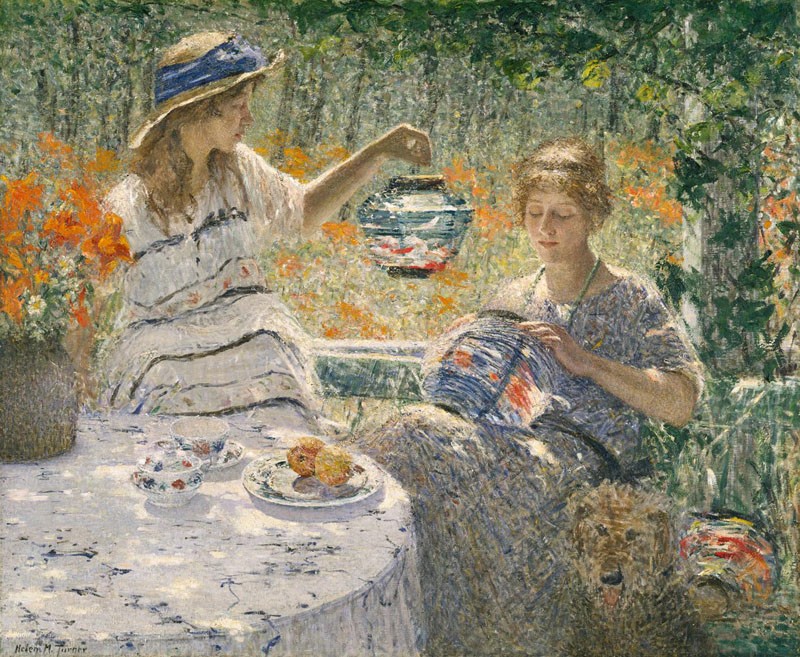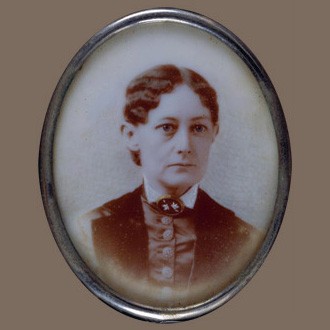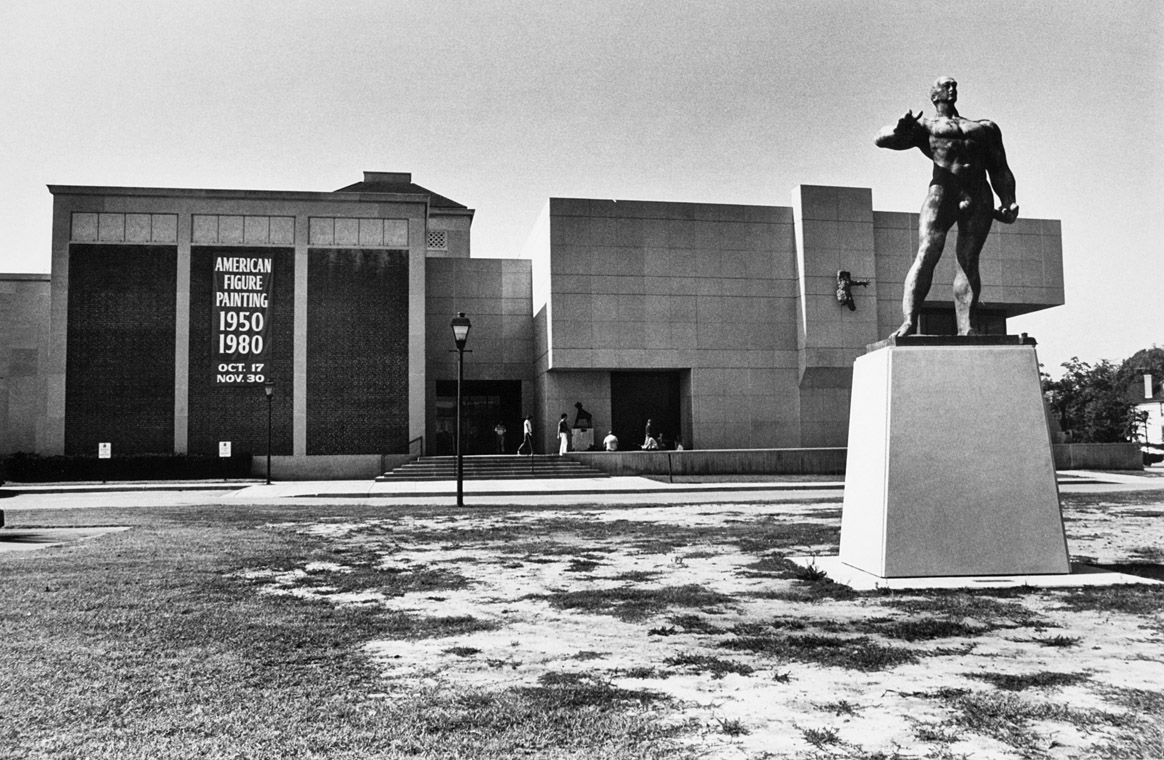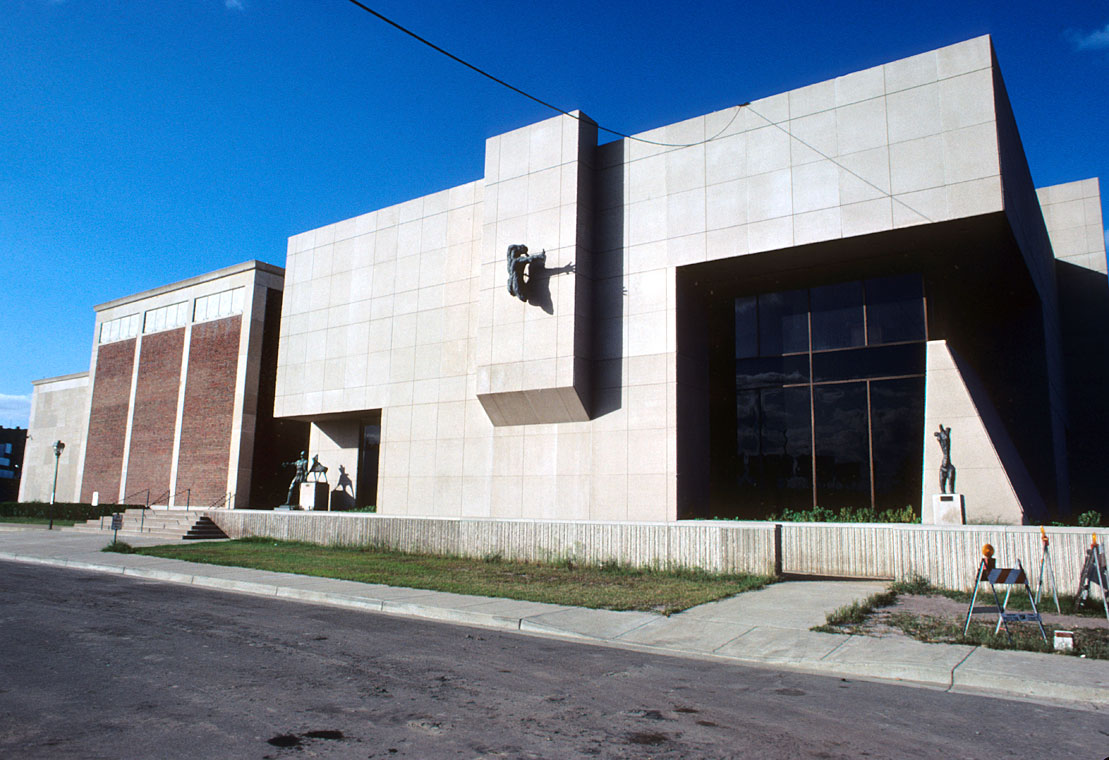- Open today, 10 am to 5 pm.
- Parking & Directions
- Free Admission
Norfolk Museum of Arts and Sciences
The concept of the fine arts as a civic obligation took root in Norfolk in 1871, when two women arrived in the city and established a school for girls. Irene Leache and her student and companion Anna Wood ran the Leache-Wood Seminary for nearly two decades before retiring to Europe, where Leache died in 1900.
To honor her memory and her lifelong devotion to the arts, Wood established in Norfolk the Irene Leache Library, which nurtured a growing art collection for a future museum in the city. Their efforts inspired generations of women in the region, and in the 1920s, the Norfolk Society of Arts helped lead the drive to fund the creation of the Norfolk Museum of Arts and Sciences in 1933.
One of the first major gifts to what would become the Museum came through the work of Florence Sloane, a prominent Norfolk resident who had once had her portrait done by the noted artist Helen Turner.
In 1927, Turner had an exhibition in Norfolk, and a local patron purchased Turner’s impressionist masterwork Liliies, Lanterns and Sunshine as a gift for the upcoming museum. By 1934, Turner was on the new museum’s advisory board.
In 1963, the museum got as a gift a painting that had been passed down through a Baltimore family for generations. The work of a monumental figure in American art, Charles Wilson Peale, the painting Mrs. Thomas Elliott was a gift from Mrs. Jane Batten. This was significant, as 47 years later, nine paintings from the collection of Jane Batten and her late husband Frank were promised as gifts to the museum. They include works by American masters such as Winslow Homer and Albert Bierstadt, and they will be a major addition to the collection.
In 1971 came the Chrysler donation, and by 1976, the city of Norfolk had added 20 galleries to hold the works. There were further building additions in the 80s, including the George and Linda Kaufman Theatre. Walter Chrysler chaired the Museum Board of Trustees until 1984, and he died in 1988 after a long battle with cancer.
In the history of the Museum, donations from collectors such as Edgar and Bernice Chrysler Garbisch, Emile Wolf, Goldsborough Serpell, Erwin and Adrianne Joseph and the family of Joel Cooper have dramatically enriched the Museum’s collection. The Irene Leache Memorial, which acquired works and loaned them to the Museum for decades, gave the Museum full ownership of 27 medieval and Renaissance artworks in 2014.
This is by no means a complete list, and it will grow over time with more research. In closing, we have to note the contributions of two organizations going strong today, our Masterpiece Society and the Norfolk Society of Arts. Their friendship to the Museum cannot be overstated.






